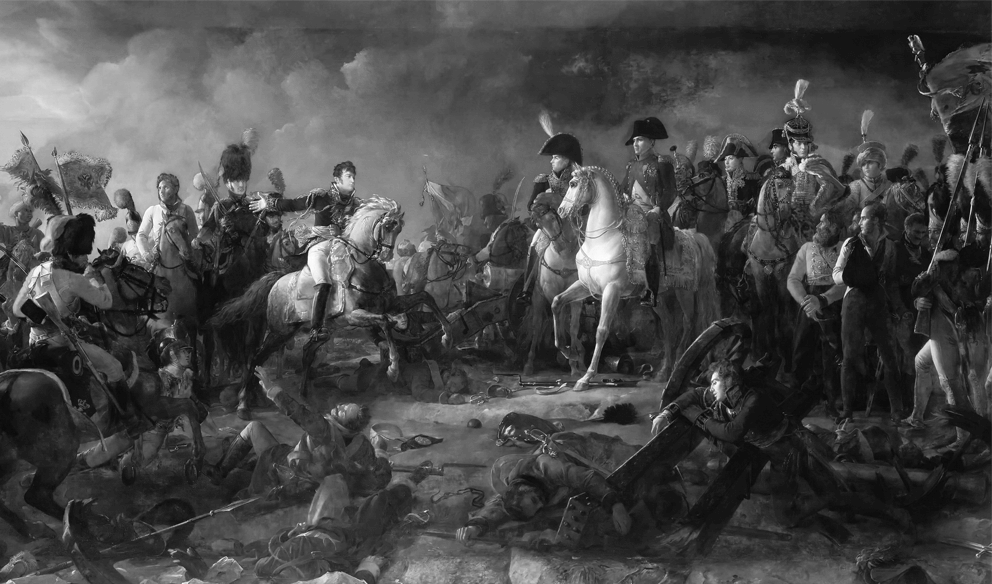
A Few Lessons in Strategy from Napoleon
That day, Napoleon’s strategy consisted of deploying part of his army into a position that forced his opponents to attack on the right, giving him advantage of terrain. Once the coalition forces were in position, Napoleon ordered his reservist army to attack the centre. Both enemy armies found themselves isolated, giving Napoleon the advantage he needed to win the battle.
The Battle of Austerlitz is considered a strategic masterpiece, securing Napoleon’s position as one of the world’s most accomplished strategists.
Strategos
There are many parallels to be drawn between battle and organizational strategy. The word “strategy” itself comes from the Greek strategos, meaning “army leader.” Webster’s dictionary tells us that the role of a strategos is to “maneuver forces (i.e. an army) in such a way as to position them in a favourable manner before confronting enemy forces.” In other words, strategy is about harmonizing maneuvers in order to win the war.
This analogy can be divided into two phases: strategic thinking and strategic planning.
The first phase is what enabled Napoleon and his subordinates to deliberate all possible maneuvers using the data and creative ideas they had at hand (such as the rugged terrain on the right-hand side of the battlefield). It’s what helped him choose the best course of action to take.
The next phase was to divide that maneuver into a series of tactics that could be carried out over a period of time, enabling Napoleon’s army to position themselves favourably with their reservists in the centre.
When it comes to management, strategy comes into play when it’s time to explore all the opportunities available to your organization. Strategic planning refers to how those opportunities are used to create a concrete plan of action.
A Modern Challenge
Over time, numerous organizations have lost their ability to think strategically, and have instead jumped straight into strategic planning. For these companies, strategy begins when senior management analyzes the previous year’s results and tries to plan for the future—which inevitably leads down the same old pathways and closes the door to new opportunities. This greatly limits their potential for innovation.
As McKinsey strategist and author of Strategy Beyond the Hockey Stick Chris Bradley puts it: “As soon as you put strategy and planning together, planning will always win. […] By the time you come to planning, you should already have your strategy in mind.”
On the morning of the Battle of Austerlitz, could Napoleon have opted to forgo the exploration of the terrain and instead looked for a better place to plan his strategy based only on what helped him win previous battles? No. Of course not. Yet that’s precisely what many organizations continue to do. Maybe your company does this, too, without you even knowing it.
Strategic planning is not strategy. It’s planning.



















